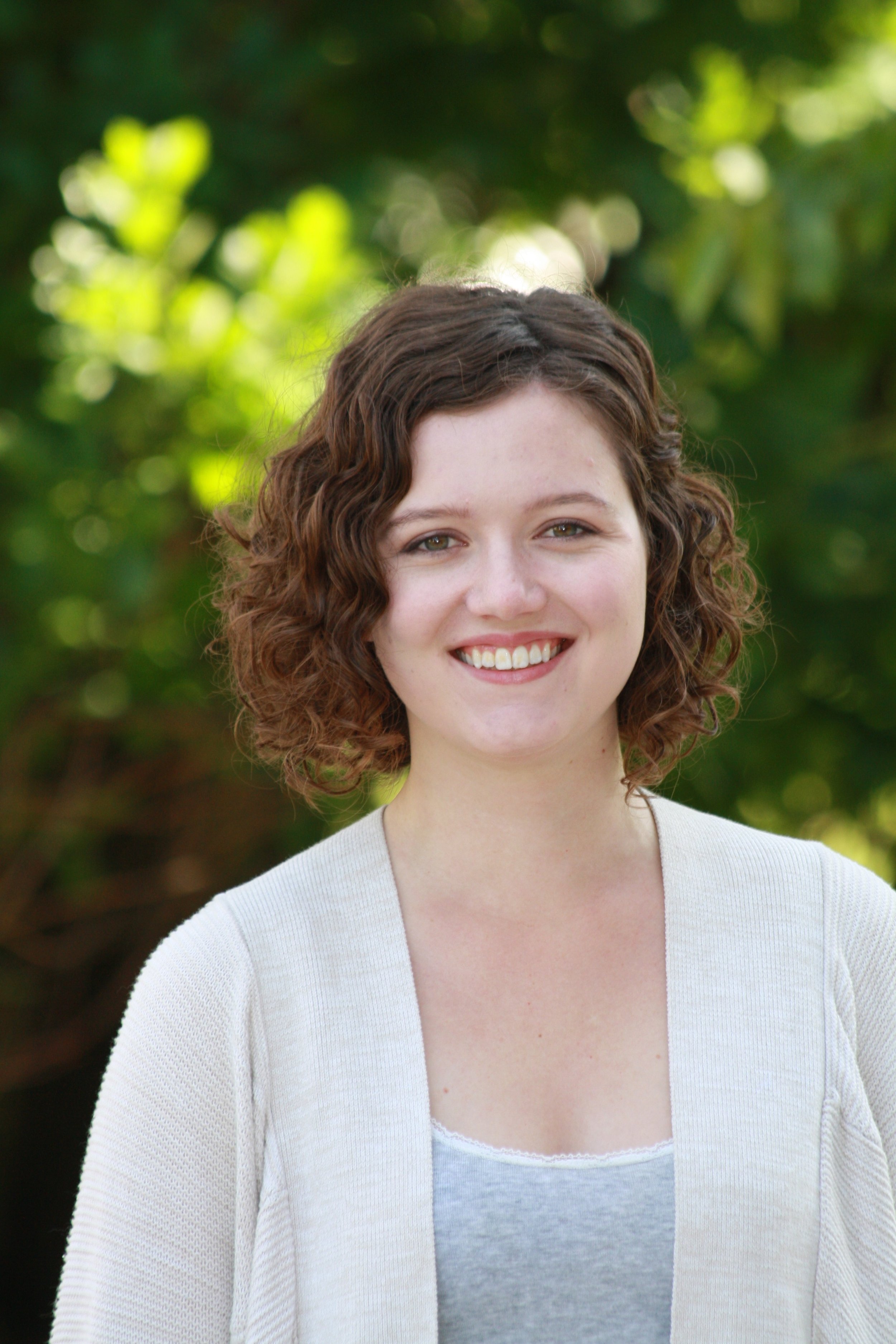Written by Anna Manore, MSc Candidate
 After many long flights, I landed in Arkhangelsk, Russia, to begin a week of learning with the Collaborative Arctic Summer School in Epidemiology (CASE). CASE is a meeting of epidemiology faculty and students from the United States, Canada, Norway, and Russia. It’s a great opportunity to meet with other researchers working in Arctic contexts, and I’m fortunate because this was my second time attending! A few other CASE participants from Alaska had been on my flight from Moscow, and after waiting for the rest of the participants’ flights to arrive, we set off on a 3.5-hour drive to Golubino.
After many long flights, I landed in Arkhangelsk, Russia, to begin a week of learning with the Collaborative Arctic Summer School in Epidemiology (CASE). CASE is a meeting of epidemiology faculty and students from the United States, Canada, Norway, and Russia. It’s a great opportunity to meet with other researchers working in Arctic contexts, and I’m fortunate because this was my second time attending! A few other CASE participants from Alaska had been on my flight from Moscow, and after waiting for the rest of the participants’ flights to arrive, we set off on a 3.5-hour drive to Golubino.
Golubino is a resort along the Pinega River, and it was the beautiful setting of CASE 2017. The food was delicious, and always surprising! Breakfast on the first day included porridge with berries (surprisingly savoury), and small pastries (surprisingly filled with fish). Presentations from faculty and students began almost immediately, and continued throughout the week. Although every presentation focused on Arctic Epidemiology, the populations and outcomes of interest varied widely. We heard about suicide and suicide prevention, cardiovascular disease, perinatal outcomes, and environmental contaminants, among other topics. One presentation that stood out was by Ketil Lenert Hansen from the University of Tromsø- on the topic of “Ethical and methodological Issues in working with Indigenous peoples in the Arctic”, and focused on the Sámi context in Northern Europe. From Ketil’s talk, there seemed to be common themes between issues faced by Sámi and by Indigenous peoples in Canada. Ketil also recommended a film, “Sámi Blood”, which is a dramatized telling of a Sámi girl’s experience growing up in Sweden in the 1930s.
In the evenings, we had time for activities! The first night’s adventure was a walk through the Taiga forest to a holy spring. Some in our group were suffering from stuffy noses, so our tour guide showed us how to use the forest ants as a remedy. There were large anthills made of pine needles along our path, and to help a stuffy nose, you tap your hands three times on the anthill, bring your hands to your face, and inhale. The ants make your hands smell like vinegar, which, we all learned, is very effective at clearing out sinuses.
Tuesday night’s activity was an excursion to the nearby “Golubinsky proval” karst caves. These are limestone caves carved by water, and there are tunnels are over a kilometre long. The temperature inside the caves is much cooler than outside, so the white limestone was coated in ice. Unfortunately, most of the tunnels were flooded, so we couldn’t go very far into the cave. But – what we could see was stunning, and definitely worth getting all dressed up for!
Wednesday night was team-building activities, followed by a campfire, tea tasting, and traditional songs and dances by the river. We heard that the singers, dressed in traditional costume, are all local retirees! Our last night, Thursday, saw us all making “Pinega shanezhki” pies and relaxing after a trip to a monastery. Friday was our long drive back to Arkhangelsk, with a stop at “Malye Korely”, an open-air museum of wooden architecture from the Arkhangelsk Region. From the museum, it was back to Arkhangelsk and the airport – a great end to a great week at CASE!